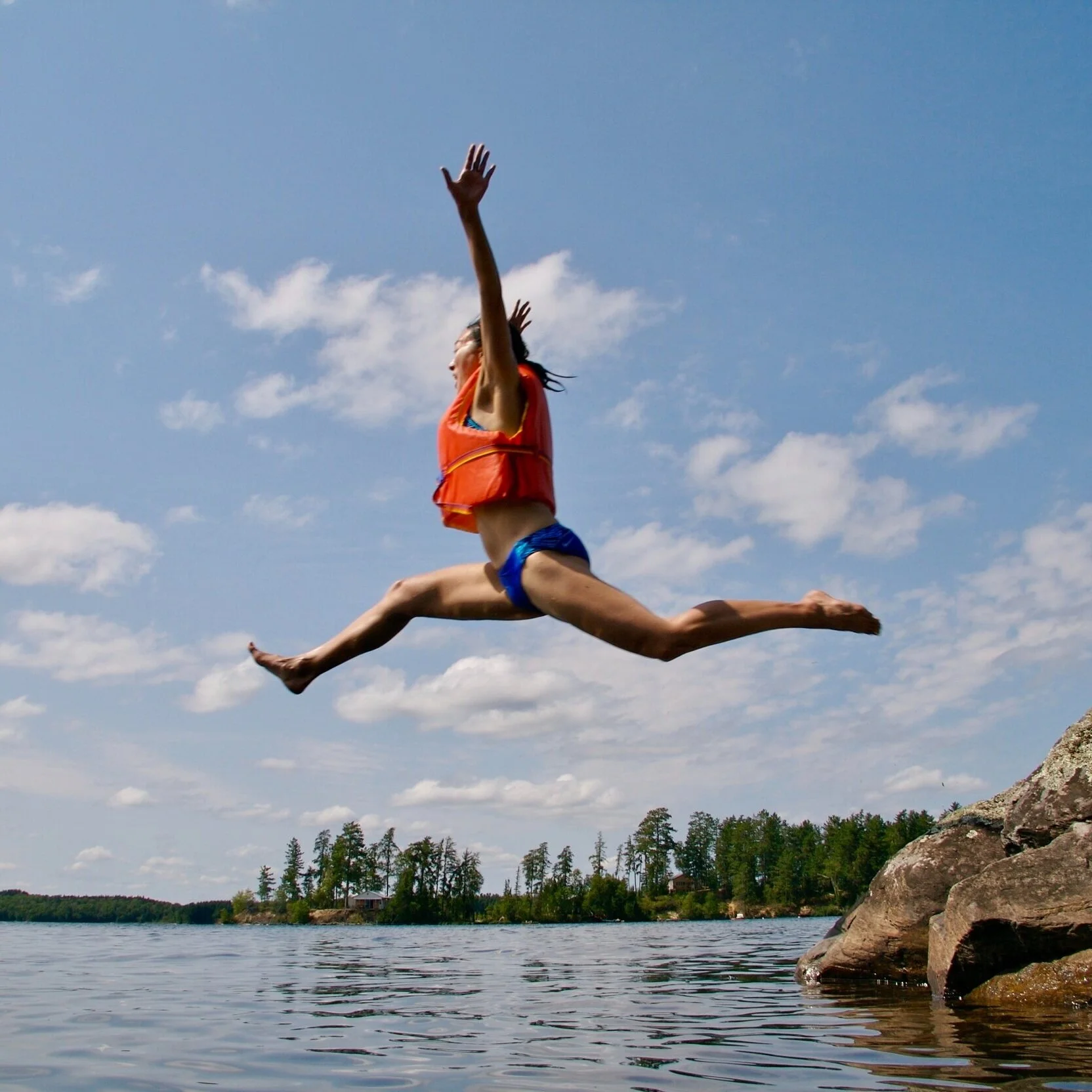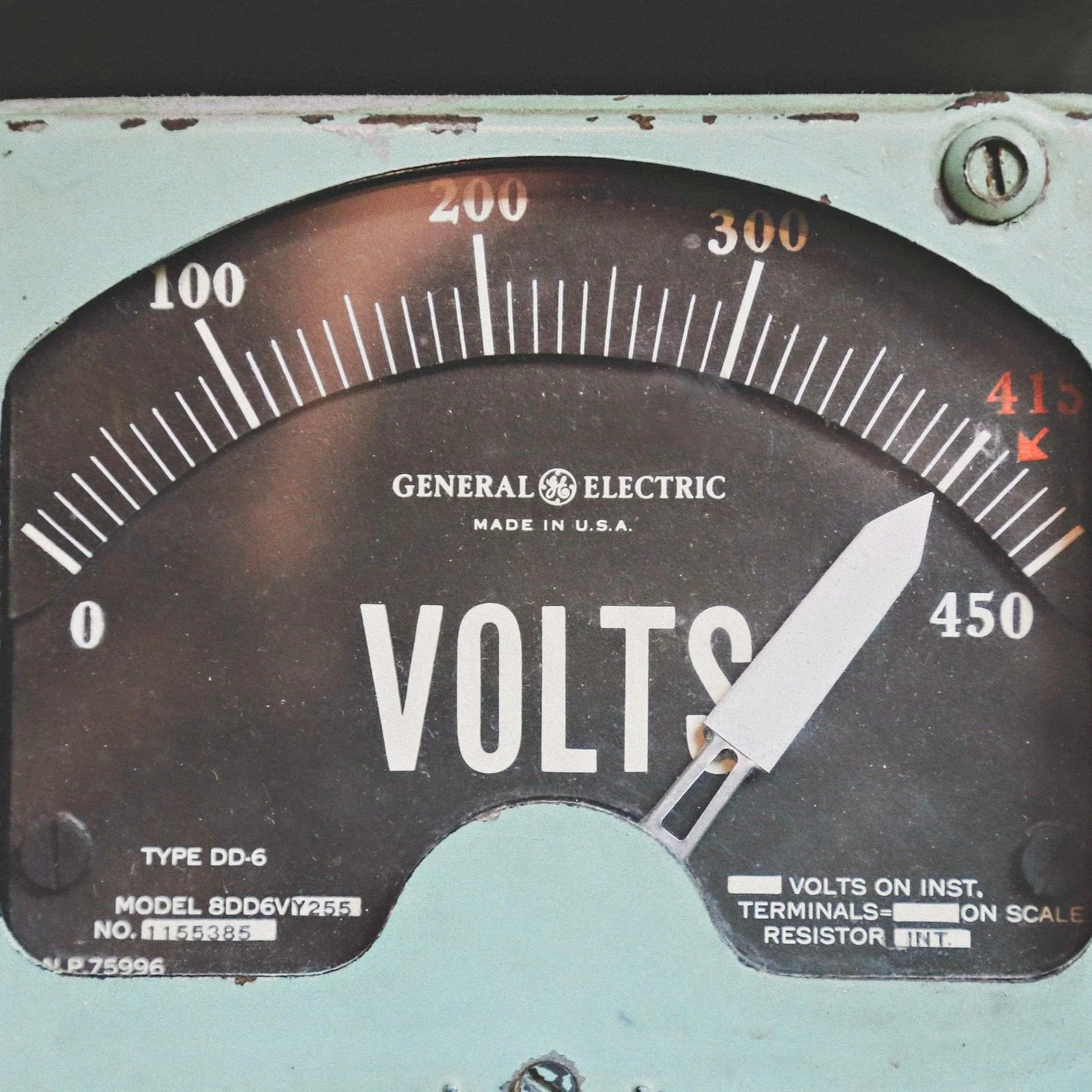How to take a leap of faith
Only twice have I visited El Pescadero, Mexico. Yet, the place is calling me hard.
Both trips were related to the Modern Elder Academy, the midlife wisdom school that’s helping people like me “grow bold, not old.”
My first encounter was a week-long gut fest where we dug deep into the hard stuff. We were the 44th cohort to go through the program, so (at least for our leaders), things went roughly as planned.
We compadres became a community, with a culture all our own. And a month after returning home, we’ve settled into our roles and our rhythm—as all communities do.
My second visit was messy. There was no official curriculum. And community was harder to grasp.
We had just two days to help define the soul of Baja Sage, a nearby plot of land where Modern Elders and others will choose to live for some heartfelt part of the year. With 26 or so casitas and a regenerative farm, Baja Sage is a BIG idea. And this kind of “buy in” is the real deal.
I was on hand to help get the brainchild out of the birth canal. And to figure out its’ DNA. But, as Prissy said in Gone with the Wind: I don’t know nothin’ ‘bout birthin’ no babies.
But we were in good hands.
El Pescadero is a tiny village on the Pacific side of the Baja peninsula. Palm-lined roads and farms co-exist with low-density private residences. There is plenty of underground water, and thanks to Baja Beans, the coffee is locally roasted and really, really good.
And yet.
Joining an unformed community and hoping for the best is a stretch for most people. Even once there’s a “there, there”—investing will require a huge leap of faith.
In Almost Everything; Notes on Hope, Anne Lamott wrote: The opposite of faith is not doubt. It’s certainty.
Now, there’s a Baja Aha!
If, by definition, faith and doubt must co-exist, then how do we know when to leap?
Whether trusting in a higher power or considering a plot of land, I suggest we consider both the signals and the signs:
Signs are pretty clear. Stop. Go. Yield. Make a spreadsheet and plug in what we know. How viable is the vision? How reliable are the people? Can we afford a grand adventure? Or might we lose our shirts?
Signals, however, are fleeting. When we slow down a moment, we might notice the shooting star. Or the mango tree like the one back home. We might be open to the stories of friends who have friends who believe.
No big decision is easy. But the beauty of Modern Elderhood is that we can simultaneously accept both our wisdom and our lack of clarity.
We can both live in the present and plan for the future.
We may not yet know where to go. But sitting still is not an option.






